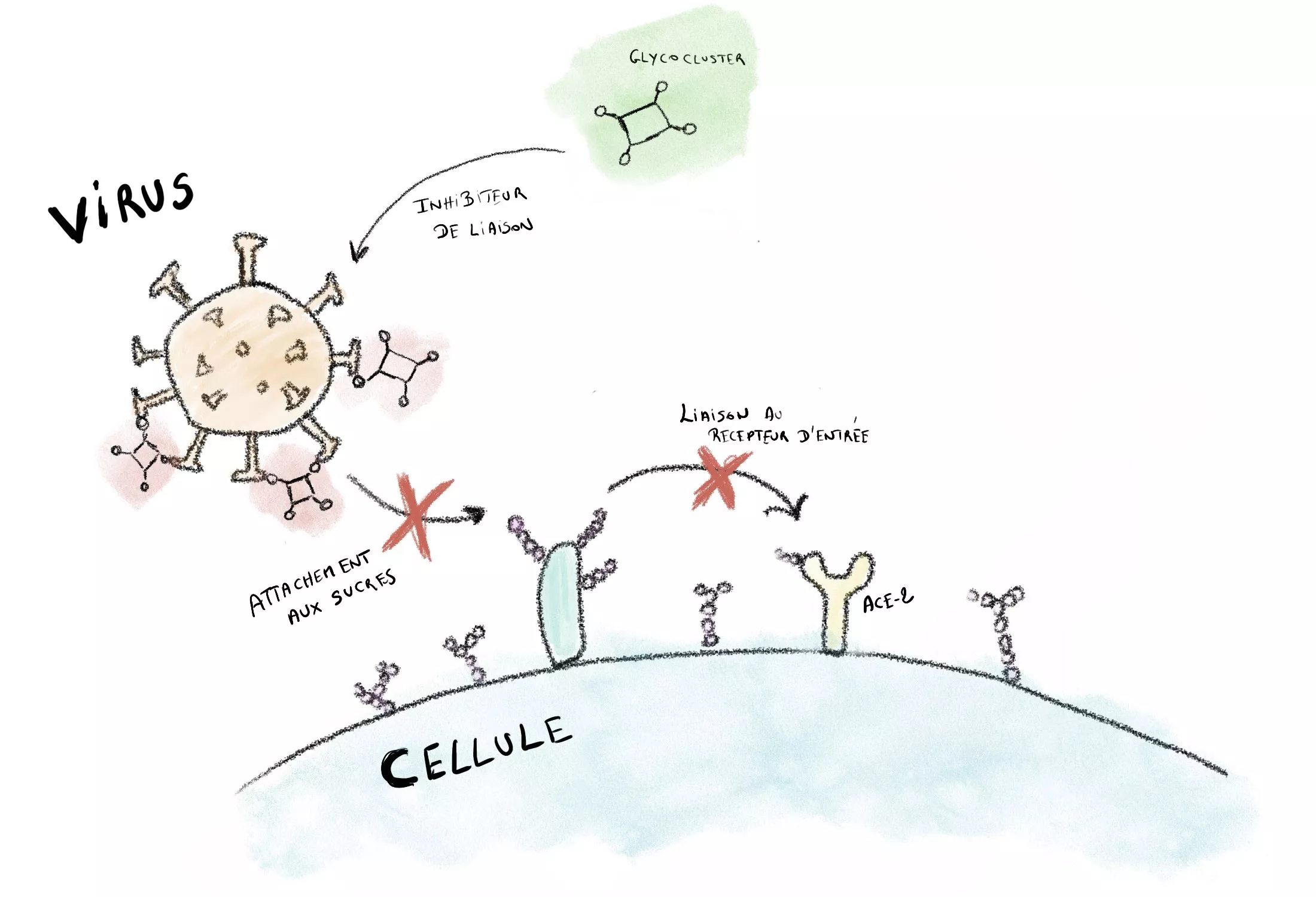Although covid-19 vaccination campaign has achieved results worldwide, the threat posed by sars-cov-2 coronavirus still exists. First, new sars-cov-2 variants may continue to appear and be resistant to current vaccines. Second, the long-term efficacy of the vaccine is unknown. Finally, there are still reports of acute infections. Nevertheless, there is no effective treatment.

In order to create an antiviral drug to prevent infection, researchers must first understand the exact mechanism by which the virus infects cells - at the molecular level. This is what David alsteens's team at uclouwain, Belgium, has been working on for the past two years. In a study to be published today in nature communications, they investigated the interaction between sialic acids (SAS). It is understood that sialic acid is the type of sugar residues found on the cell surface and the spike (s) protein of sars-cov-2. So what is the purpose-- To understand its role in the process of infection.
We know that all cells are decorated with sugar residues. So what is the function of these sugars-- Promote cell recognition, which makes it easier for viruses to recognize their targets. But it is also to facilitate their attachment points so that they can enter the host cells and start their infection.
It is understood that uclouvain researchers identified a variant of these sugars (9-o-acetylation), which interacts more with S protein than other sugars. In short, they found a set of keys that allowed the virus to open the cell door. The more keys the virus finds, the better it interacts with the cell, and the bigger the door opens. Therefore, it is important to find out how the virus tries to reproduce and enter the key.
This is the second finding of uclouwain University researchers. In response, they decided to prevent the virus from binding to the host cell by catching the virus in its own trap. So what should we do-- Inhibit any interaction with the cell surface by blocking the attachment point of S protein. It's like hanging a lock on the front door of the cell. One of the conditions for this is that the interaction between the virus and the agent that blocks it is stronger than that between the virus and the cell. In this special case, scientists have proved that the multivalent structure of multiple 9-O-acetylated silicic acids on the surface can prevent the binding and infection of sars-cov-2. If the virus is not attached to the cell, it cannot enter and therefore dies (life span is 1 to 5 hours). This blocking effect can prevent infection.
In the context of covid-19 pandemic, various vaccines are mainly aimed at the mutation of sars-cov-2, not the whole virus. The discovery of uclouwain university has the advantage of acting on the virus independently of the mutant.
Next, the uclouvain University team will test this method of blocking virus binding sites in mice and observe whether it works on organisms. The results should be available soon, which will help develop an antiviral drug based on these sugars to be administered by aerosol in the case of infection or high-risk exposure.
In addition, this discovery is also very meaningful for the future. It can fight other viruses with similar attachment factors.